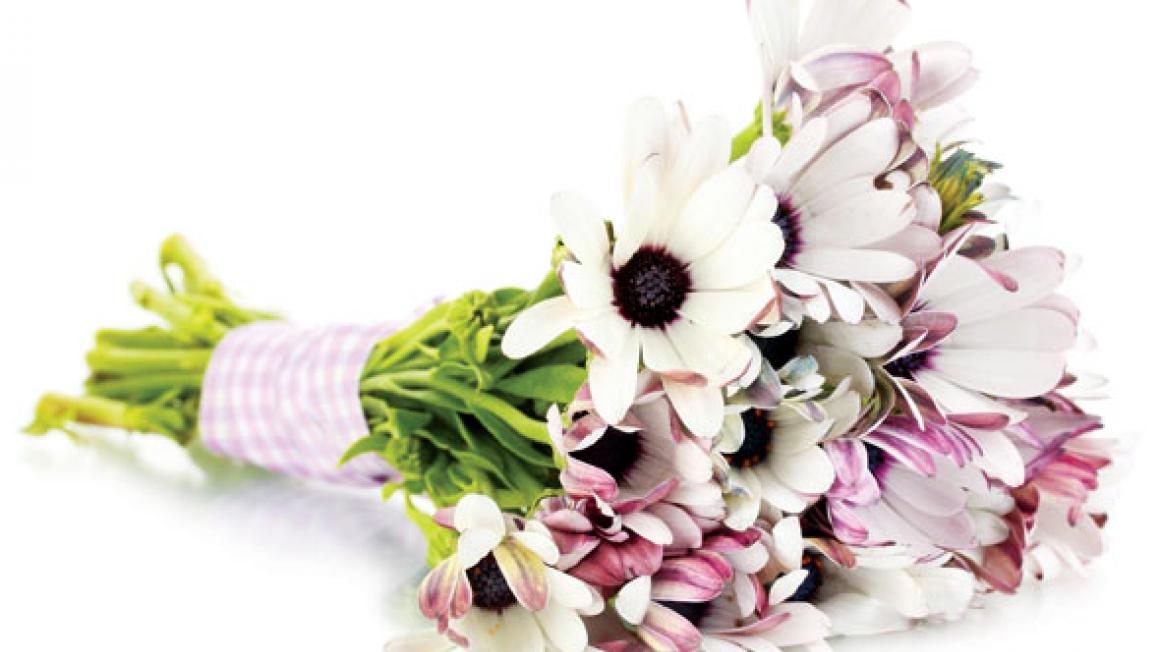Mum's the word
- The terms Mothering Sunday and Mother’s Day actually refer to two distinct festivals with entirely different origins. The former is a Christian tradition, the latter a secular celebration imported from the US.
- Mothering Sunday dates back to the Middle Ages, when it was customary for people to return to their ‘mother church’ on the fourth Sunday in Lent, ‘Laetare Sunday’. By the 17th century it had become a public holiday, when domestic servants were given the day off to visit their families, including their mothers. References to going ‘a-mothering’ and ‘Mothering day’ appeared at this time.
- Walking home on Mothering Sunday, children would pick flowers to take to church or give to their mothers. With the Lenten fasting rules relaxed for the day, they often brought a ‘mothering cake’, known as simnel cake, with them too.
- In Scotland and Northern England, instead of simnel cake they would make carlings, pancakes made of pease fried in butter with pepper and salt.
- The secular Mother’s Day originated in the US in 1908, when political activist Anna Jarvis held a memorial ceremony to honour her mother, and all mothers, in West Virginia. Jarvis’s mother had organised ‘Mothers’ Work Days’ to improve conditions for soldiers on both sides during the Civil War.
- Jarvis campaigned tirelessly to have Mother’s Day – falling on the second Sunday of May – recognised as an official holiday. President Woodrow Wilson eventually declared the day a national holiday in 1914.
- Mothering Sunday had almost died out in the UK when, after reading about Jarvis’s efforts in 1913, vicar’s daughter Constance Penswick-Smith worked to revive it. Later, during the Second World War, US servicemen stationed in East Anglia popularised their celebration over here, and the two holidays effectively merged.
- The first celebrations dedicated to mothers were held in ancient Greece, and honoured the goddess Rhea, regarded in early traditions as the mother of the gods.
- During the Mother’s Day period, sales of cut flowers increase by around 40%.
- Mother’s Day is one of the most popular days of the year for eating out.
- 69% of British people have admitted to missing at least one Mother’s Day, while one in five have missed it more than five times.
- In 1997 the Chinese government established Mother’s Day as the day to help poor and disadvantaged mothers in rural areas.
- There are more phone calls made on Mother’s Day than on any other day of the year.
- Mother’s Day is the third-largest card-sending holiday, and the third most popular holiday in the world, behind Christmas and Easter.
- After the Second World War, communists in Czechoslovakia replaced Mother’s Day with International Women’s Day.
- 80% of Mother’s Day cards are bought by women.


